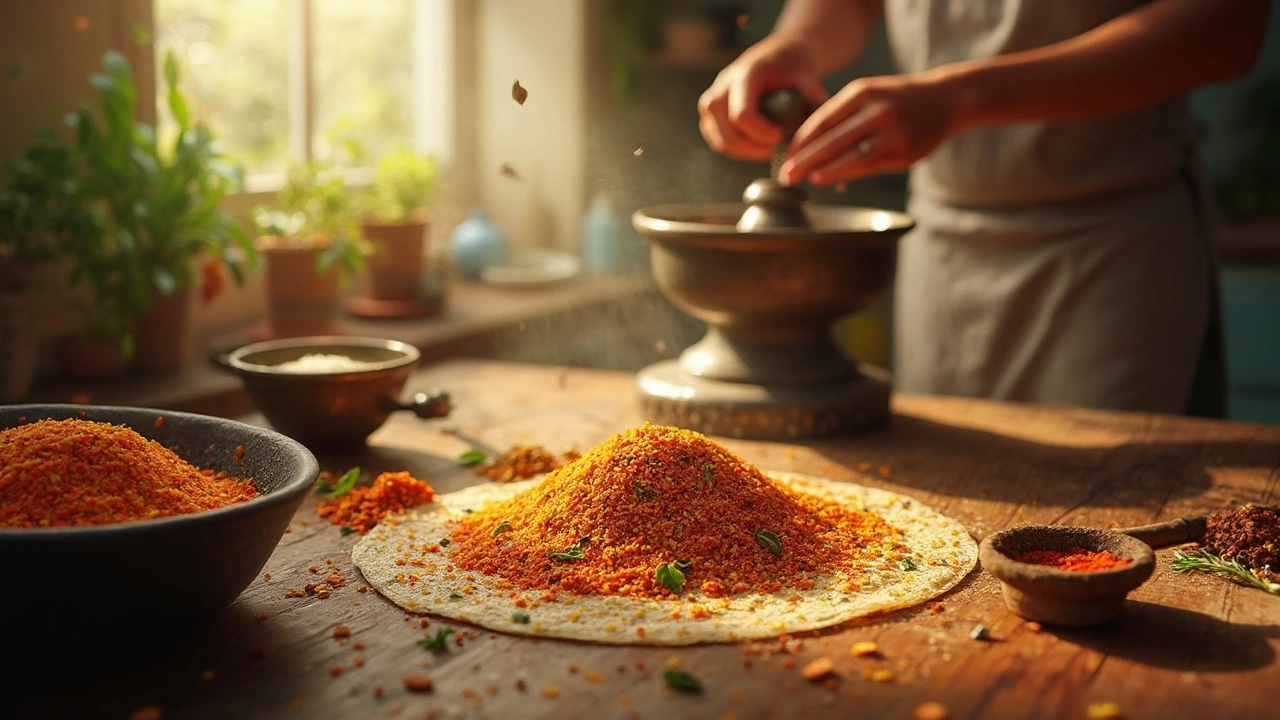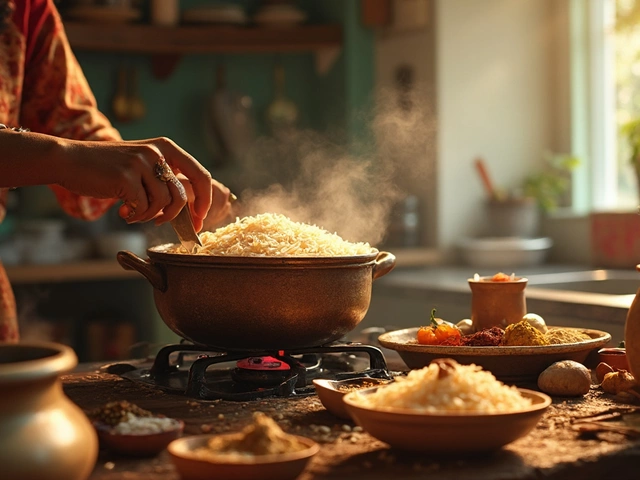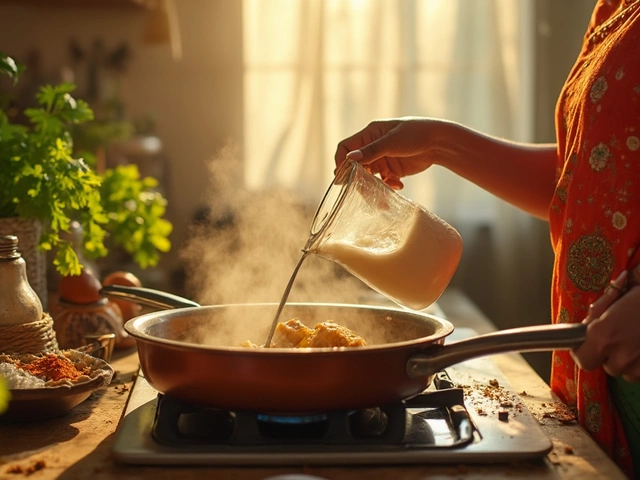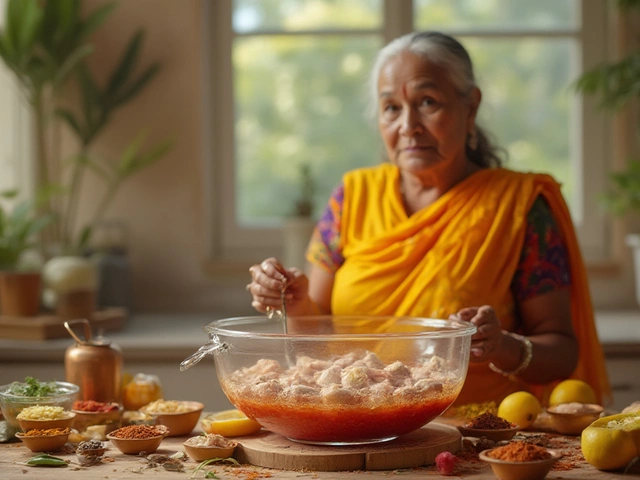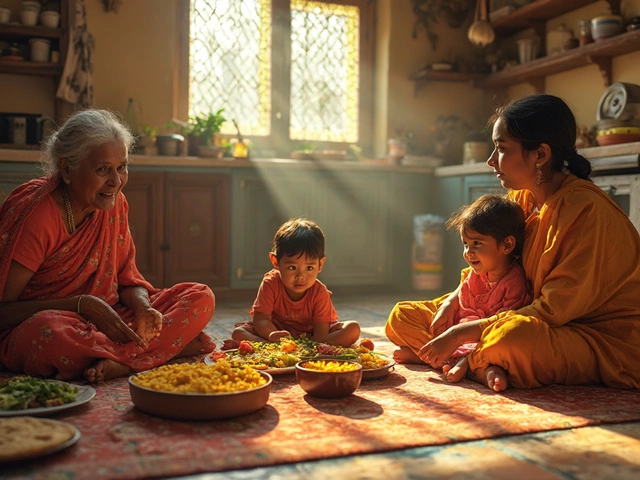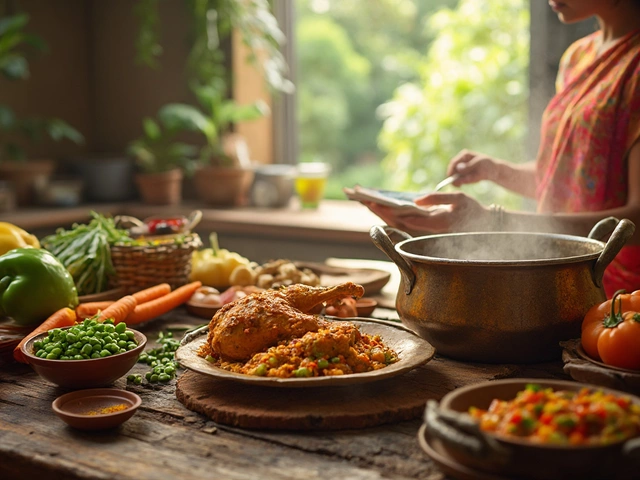Ever wondered what goes into making the perfect dosa batter? Let's uncover this classic South Indian delight that's a favorite in many households. At its core, dosa batter is made from simple ingredients like rice and urad dal, but there's more to it than just mixing them together.
The magic starts with choosing the right type of rice—ideally, a short or medium grain like sona masoori. Then there's the urad dal, a type of lentil packed with protein, which is crucial for that desirable crispness in dosas. But it doesn't stop at just mixing them; soaking, grinding, and fermenting each step counts!
Fermentation might sound like something straight out of a science book, but it's what gives dosas their signature tangy taste and texture. It needs just the right conditions: warmth, time, and a little patience.
- Understanding Dosa and Its Ingredients
- The Science Behind Fermentation
- Tips for the Perfect Batter
- Common Variations and Techniques
Understanding Dosa and Its Ingredients
To make a great dosa batter, you only need a few basic ingredients, but each one plays a crucial role. At its heart, the batter combines two primary components: rice and urad dal (split black gram). Typically, the ratio is two parts rice to one part urad dal, but this can be tweaked slightly based on preferences.
Let's break it down:
Choosing the Right Rice
The type of rice matters! Short to medium grain varieties like sona masoori or parboiled rice are preferred because they offer the right balance of starch to help bind and crisp the dosa. Some folks even mix in a little basmati or idli rice for a more distinct flavor.
The Power of Urad Dal
Urad dal, with its silky texture, is essential for fermentation, which contributes to the dosas' fluffy interior. It’s a nutritional powerhouse, full of protein and fiber, and responsible for making the batter airy.
Other Additions
Some recipes call for a small amount of fenugreek seeds. Though optional, they aid fermentation and add a slight bitter depth that complements the flavors. If you want to further enrich the taste and color, a handful of poha (flattened rice) or cooked rice can be added to the mixture.
Here's a quick look at the typical proportions for a basic batch:
| Ingredient | Quantity |
|---|---|
| Rice | 2 cups |
| Urad Dal | 1 cup |
| Fenugreek Seeds | 1/2 teaspoon |
| Water | As needed |
The ingredients are soaked separately for about 4-6 hours. This step is critical to soften the grains, making them easier to grind.
Once soaked, both rice and dal are ground together to a smooth paste. The trick is in the texture: not too thick but not too runny either. Think pancake batter consistency. And don't forget the salt! A good pinch after fermenting helps to enhance the flavor.
So, there you have it. The humble dosa batter is a true testament to how a few simple ingredients can transform into something delicious and widely adored across the globe.
The Science Behind Fermentation
Fermentation is where the magic happens in dosa-making. It's not just about letting the mixture sit around. This vital process transforms the dosa batter into a living, breathing bundle of flavors and textures. That pleasant tang you taste in a finished dosa? Thank the fermentation process for that!
Why Ferment?
Fermentation makes the batter rise and is primarily due to the activity of natural wild yeast and lactic acid bacteria. When rice and urad dal are soaked and left undisturbed, these tiny creatures start working on breaking down the carbohydrates into sugars and acids.
Getting It Right
Temperature is key. Warm environments encourage yeast activity. Ideally, your batter should be left in a cozy corner of your kitchen, covered but not sealed, to allow the escape of gas bubbles. A temperature range of 25-30°C (77-86°F) works best for about 12-16 hours, depending on where you live.
Consistency matters too. Too thin, and the yeast will struggle; too thick, and it may lead to incomplete fermentation. A dropping consistency, akin to pancake batter, is perfect. Adding a tiny pinch of fenugreek seeds might also aid fermentation, providing an enzyme that supports yeast growth.
Role of Time
Patience is a virtue. The longer you ferment, the tangier the batter gets. But don't overdo it—24 hours is generally the max, else you end up with overly sour batter that might not cook well.
| Step | Optimal Condition |
|---|---|
| Soaking Time | 4-6 hours |
| Fermentation Temperature | 25-30°C (77-86°F) |
| Fermentation Time | 12-16 hours |
Get the science right, and you're on your way to consistently perfect dosas! Next time you whip up a dosa batter, think about these friendly microbes doing their thing—it’s really a team effort.
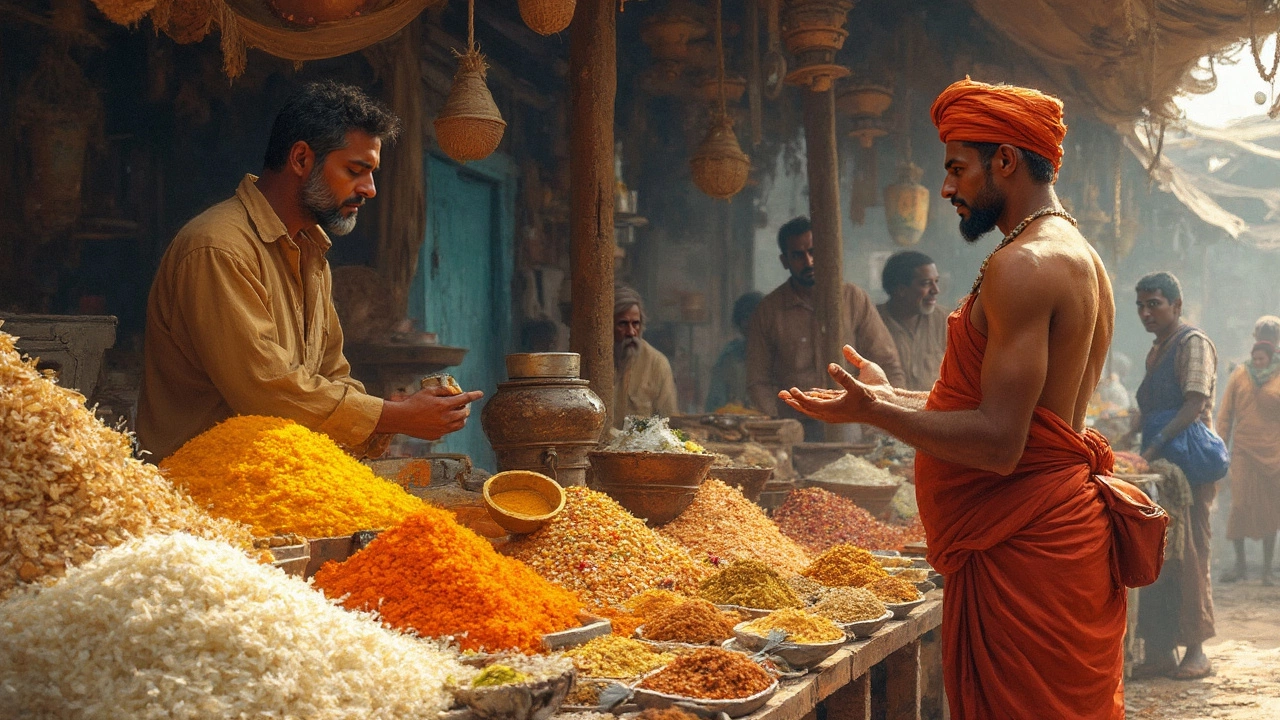
Tips for the Perfect Batter
Getting the perfect dosa batter can feel like a culinary art. But with a few simple tricks, you'll be flipping dosas like a pro in no time. It's all about the right balance of ingredients and a little bit of practice.
Measure Precisely
It might sound basic, but taking the time to measure your ingredients can make a huge difference. Start with a ratio of 3:1 or 4:1 of rice to urad dal, depending on how crisp or soft you like your dosas.
Soak It Right
Soaking the rice and dal is key. Both need their time to absorb enough water to become soft for grinding. Ideally, soak them separately for about 6-8 hours or overnight. This ensures even fermentation later on.
Grind to Perfection
Once soaked, grind the rice and dal separately. You're aiming for a smooth batter, so be patient with this step. Add just enough water to make a paste—not too thick, not too runny. Think pancake batter, but maybe a tad thicker.
Fermentation is Key
The fermentation part is crucial. After mixing the ground rice and dal together, leave the batter to ferment in a warm place, like inside your oven with just the light on, for about 8-12 hours. You'll know it's ready when it doubles in size and you can spot some bubbles.
Adjust Consistency
Check the consistency before cooking. If it's too thick, add a splash of water. It should flow smoothly when poured from a ladle.
Sprinkle a Little Salt
Add salt to taste before cooking. It not only enhances the flavor but can also fine-tune the fermentation process.
A few more tricks? If you're aiming for extra crispy dosas, some folks add a spoon of fenugreek seeds during the soaking phase. And if you're in a hurry, a quick cheat is a pinch of baking soda to help with fermentation.
Common Variations and Techniques
When it comes to dosa batter, not all dosas are made equal! There are several mouthwatering variations and clever techniques that can help take your dosa game to the next level.
Variations You Can Try
Let's dive into some popular variations. Ever heard of the rava dosa? It's a quick version using semolina instead of rice, perfect when you're pressed for time since it requires no fermentation.
- Masala Dosa: Arguably the most famous, it’s a dosa stuffed with a spicy potato filling. The trick is in cooking the potatoes just right.
- Ragi Dosa: This one swaps rice for ragi flour, a healthy twist rich in fiber and calcium.
- Pesarattu: A specialty from Andhra Pradesh, made predominantly with green gram.
Techniques to Perfect Your Dosas
Making the perfect dosa is both an art and a science. Here's a step-by-step process to help guide you:
- Consistent Batter: Keep the batter consistency similar to pancake batter – not too thick or runny.
- Fermentation: Pay attention to ambient temperature during fermentation. A warmer room speeds up the process.
- Right Heat: Use a medium flame and wait until your pan is just hot enough before pouring the batter – this prevents sticking.
- Even Spread: Pour a ladle of batter in the center and gently spread it in a circular motion with the back of the ladle.
Experimenting with additional ingredients can give your dosas a little extra oomph. Add chopped onions or green chilies into the batter for an added crunch and flavor.
Did You Know?
Despite its humble ingredients, the Indian dosa has found its place in the world’s most admired foods list. According to a 2024 food survey, dosas are now enjoyed in over 50 countries worldwide!
- Poplular Tags
- dosa batter
- recipe
- ingredients
- Indian cuisine





